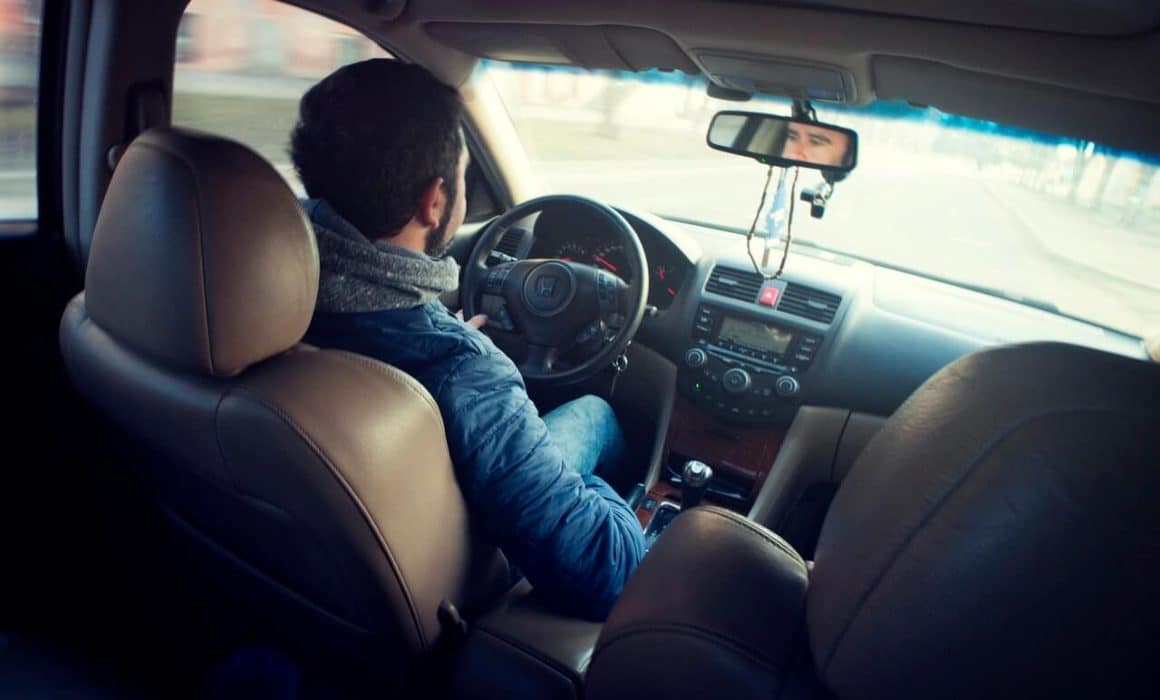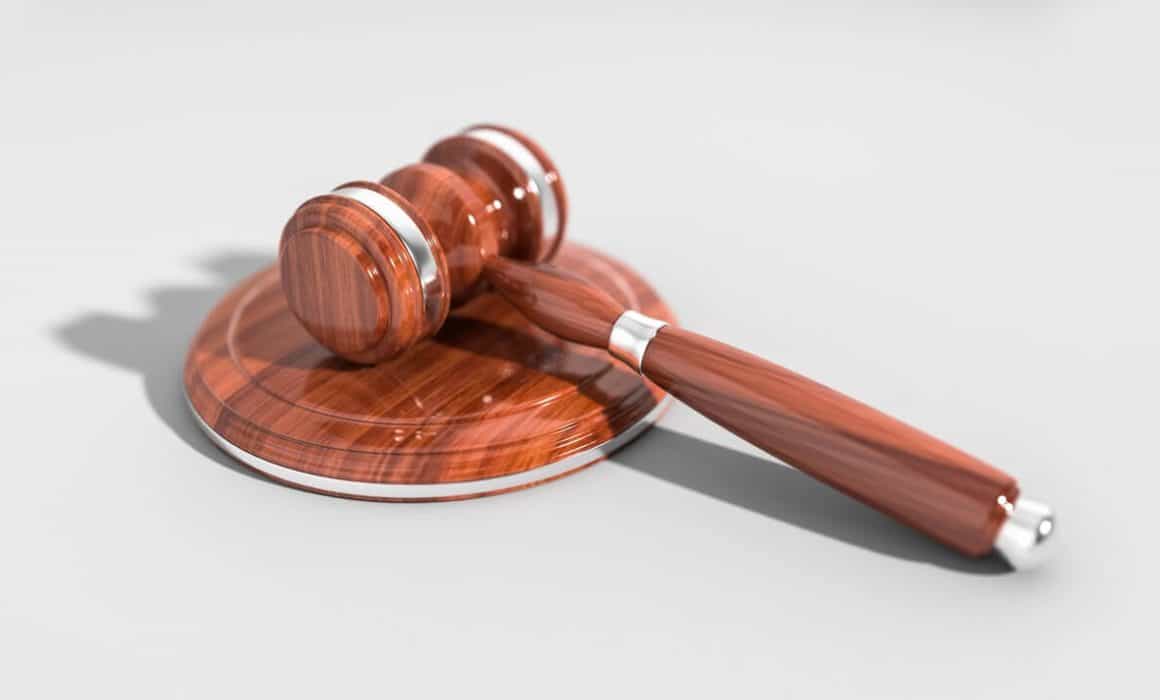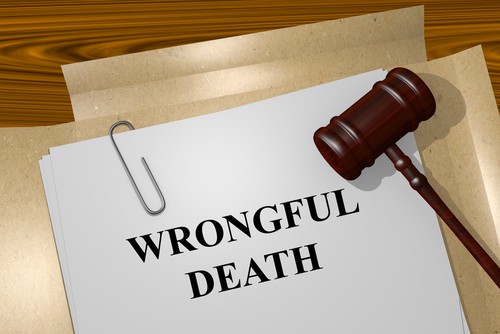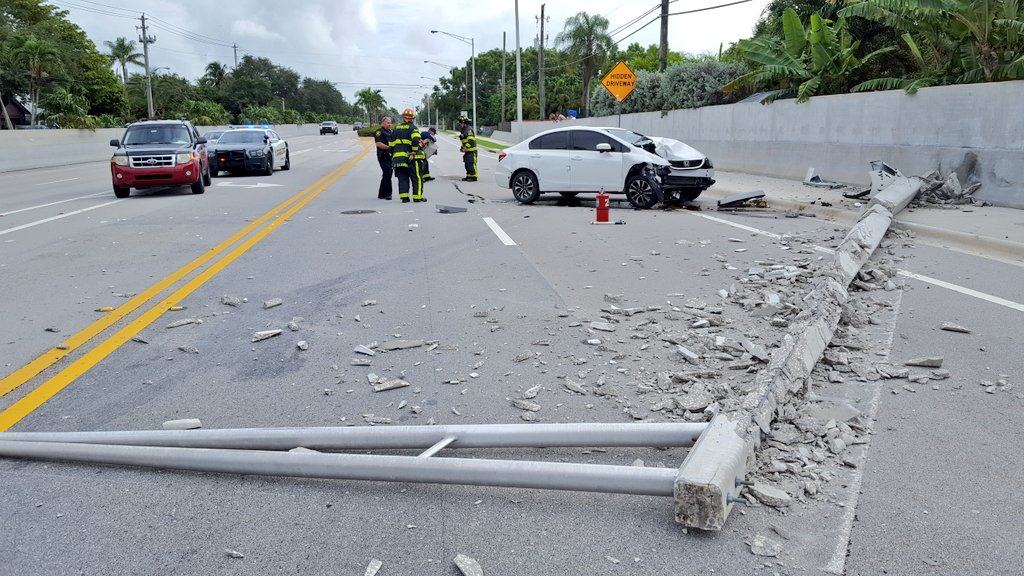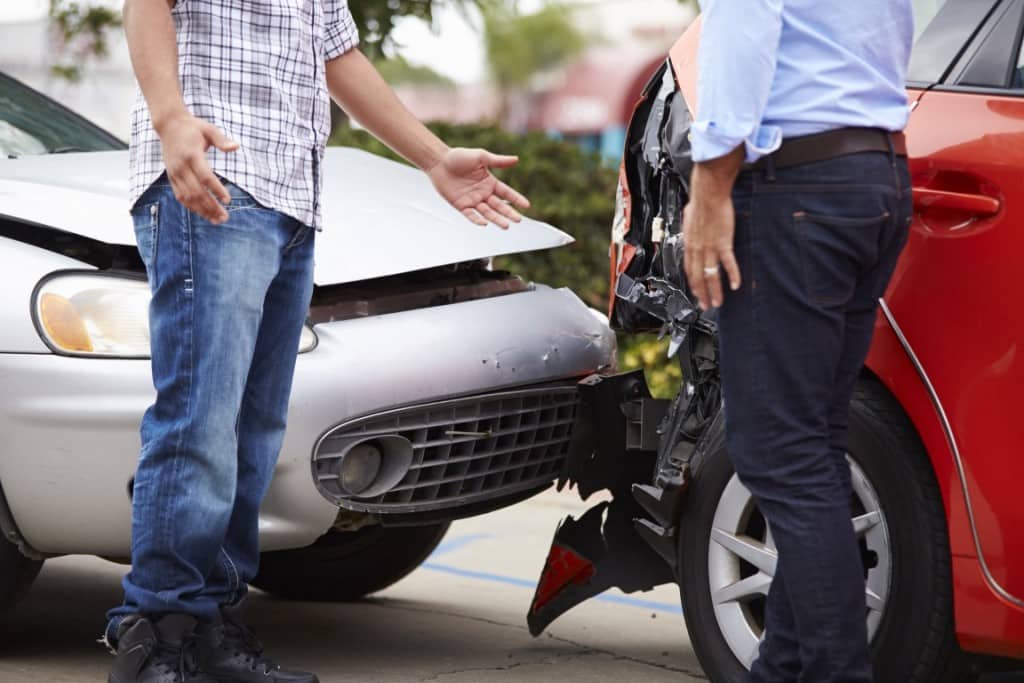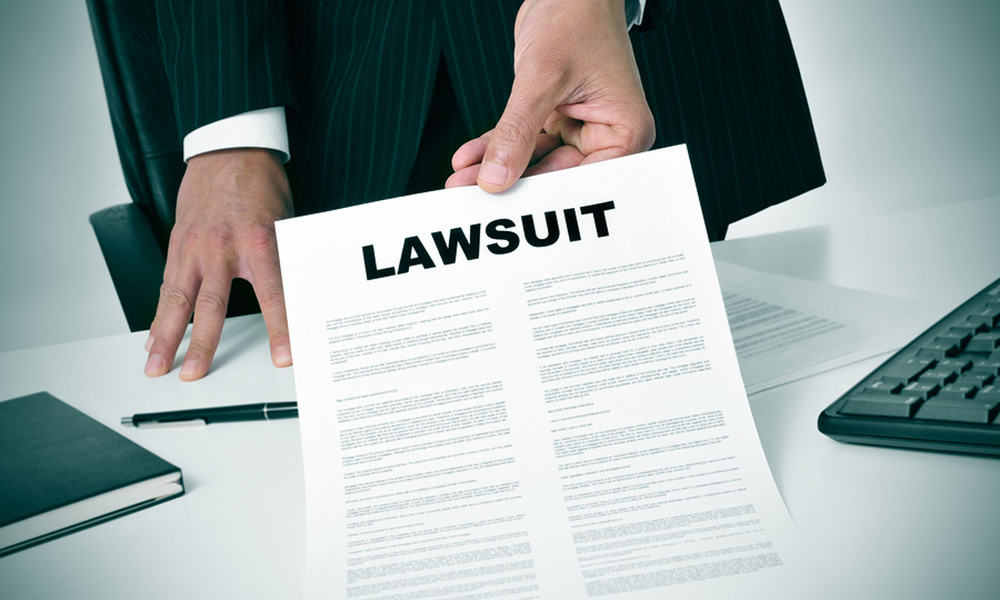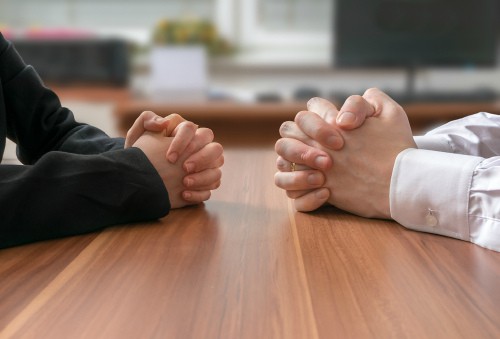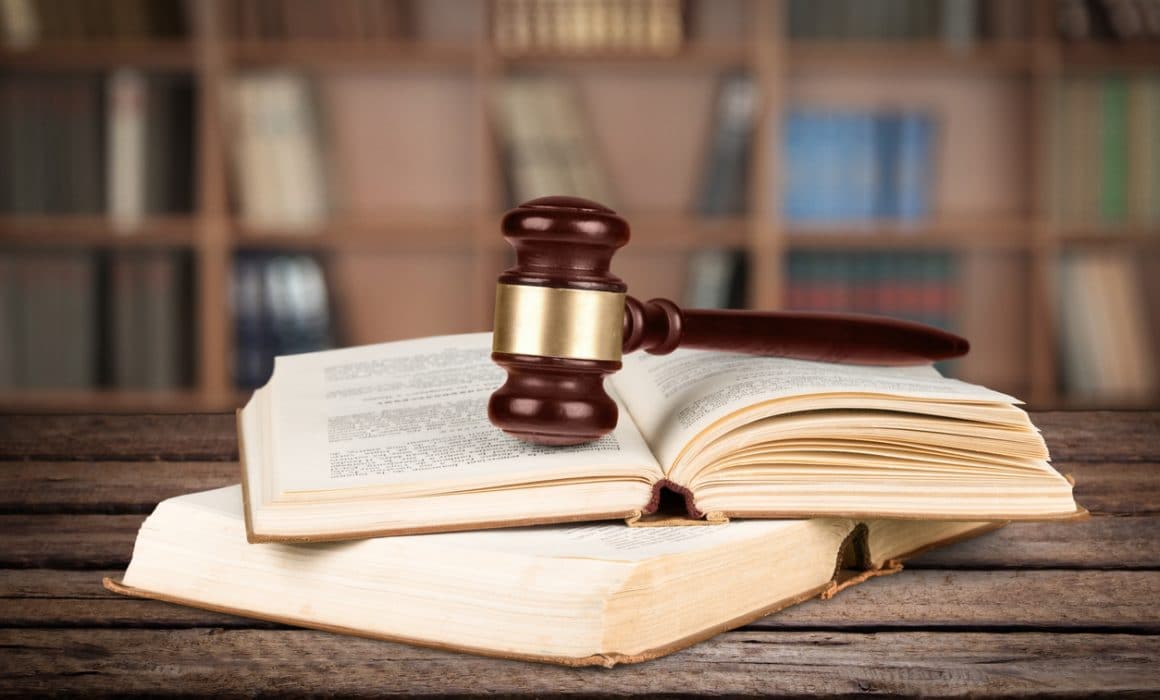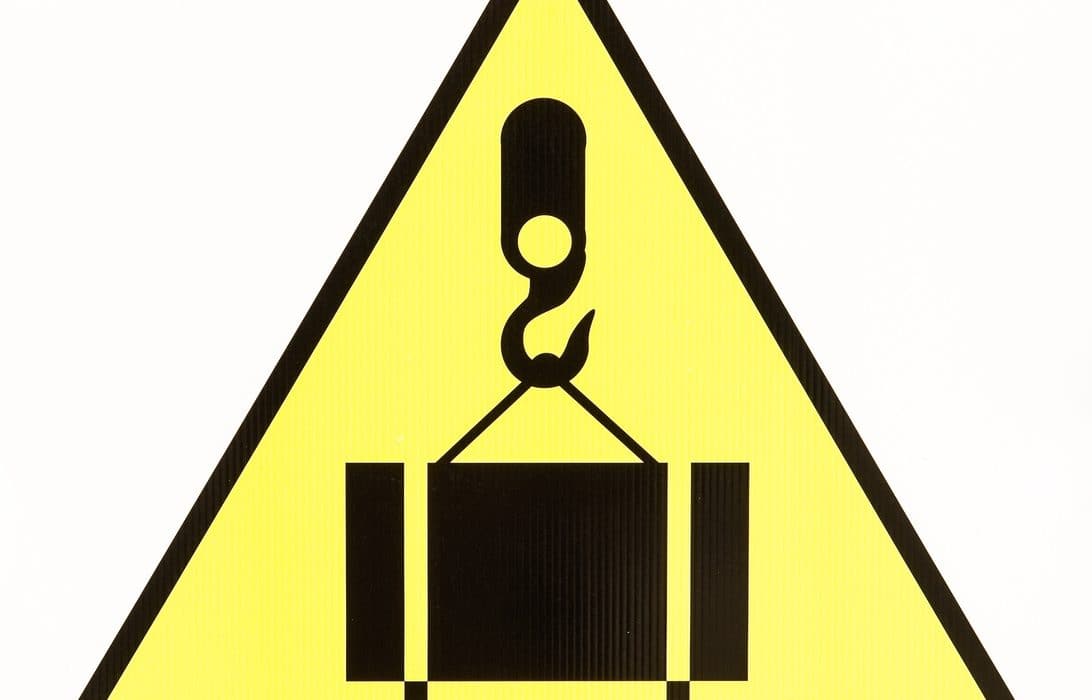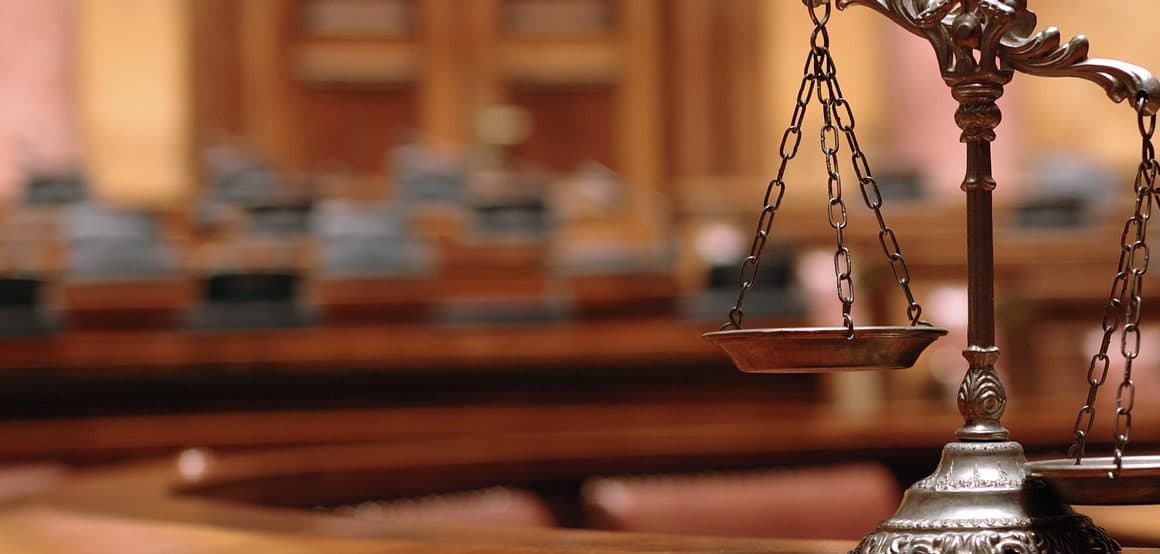What Happens If I’m in a Car Accident Involving an Uber or Lyft Driver?
More people are looking to rideshare services like Uber and Lyft to make transportation easier. Rideshare is a particularly effective approach for people who are traveling during the holidays. In a growing number of urban areas, residents use these services in lieu of car ownership.
Although rideshare is not quite that prevalent in most areas of Florida, it is important to know the risks of using these amateur, part-time drivers. As these apps become more popular, Florida has moved to tighten regulations – but risk remains, as most drivers aren’t as experienced as professionals.
Florida Calls Upon Amateur Drivers to Up Insurance Coverage
In 2016, Florida House Bill 509 was enacted to protect consumer safety when using rideshare and similar services, referred to as Transportation Network Companies or TNC. In March 2017, significant new requirements went live. Among other things, the law requires coverage of at least $1 million in death and primary automobile liability insurance.
In 2017, Florida Gov. Rick Scott signed House Bill 221. This bill supersedes a patchwork of state and local laws, consolidating key regulations for TNC drivers into a single location. It gave the final word on a number of issues, including whether or not rideshare drivers were considered freelancers under the law and whether they needed to register as commercial vehicles.
What to Do to Protect Yourself After an Uber or Lyft Accident
What happens if you are in an accident with Uber or Lyft?
In the aftermath of an accident, check yourself and those around you, including the driver, for signs of injury. If you have a mobile device, call 911 to summon help and inform the dispatcher of any injuries. Collect contact information from the driver and witnesses, and insurance details from the driver. If you are able, photograph the scene of the accident extensively.
As soon as you are free to do so, you should seek a complete medical evaluation. Some serious injuries, such as concussion, may have few symptoms at first. By seeing a doctor, you not only protect your health, but also get information for your lawsuit. Medical bills and ongoing care cost are among the expenses you can seek to collect from the responsible party.
Talk to a Car Accident Lawyer Within Three Days After Your Accident
Depending on the circumstances, an auto accident often occurs without the responsible party facing criminal charges. However, as an accident victim, you have the right to file a civil suit and seek damages for medical bills, lost wages and pain and suffering. Around 400,000 car crashes happen in Florida in an average year, many involving rideshare drivers.
For a free consultation with an experienced Hollywood, FL auto accident attorney, contact 844-SFL-PAIN today.

